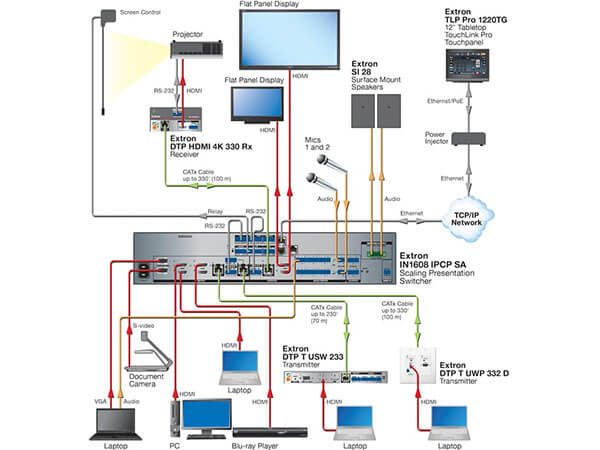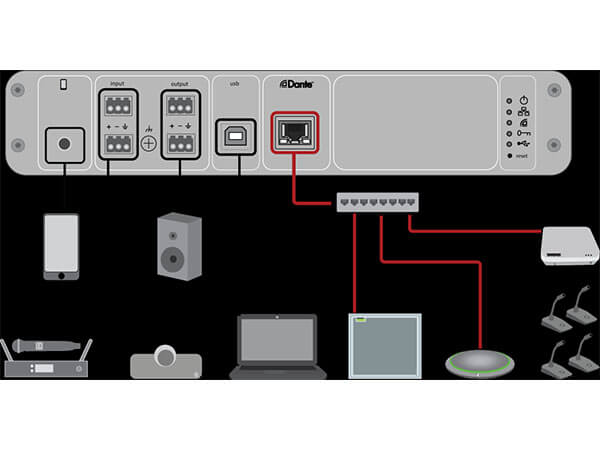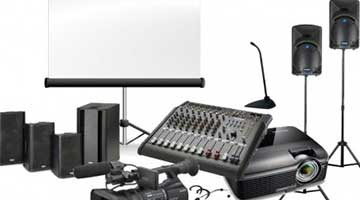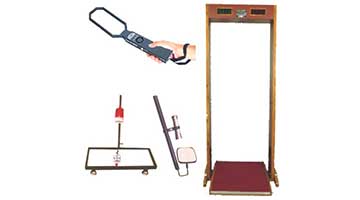Sound Systems:
The role of the audio system is to amplify and adjust the sound quality of an audio signal, then provide the corresponding output from the speaker system that the listeners will listen to. Some audio engineers and others in the professional audio industry disagree on whether these audio systems should be called Sound Enhancement (SR) systems or PA systems. Distinguishing the two terms according to technology and ability is common, while others are distinguished by intended use (for example, SR systems are for support of live events and PA systems are for reproducing speech and music recorded in buildings and institutions ). In some regions or markets, it is Distinguishing the two terms is important, although the terms are considered interchangeable in many professional circles.
Importance of Sound Systems :
Digital amplifier management systems have become indispensable in alerting individuals in many places, such as calling on customers in banks or in many important types to protect people from risks in the event of any kind of disaster occurring in factories to alert in emergency situations and also in communication With workers in institutions in cases of need for specific people, as well as in places of worship to deliver sermons and perform rituals of worship for a large number of people, and also do not forget the educational aspect in schools and universities, as a truth indispensable in many countless fields.
Explain the components of Sound Systems :
A typical sound reinforcement system consists of; Input transformers (such as microphones), which convert sound energy like a person singing into an electrical signal, signal processors that change the properties of the signal (for example, equations that adjust bass and treble, compressors that reduce signal peaks, etc.), loudspeakers , Which produces a robust version of the output signal that can drive the amplifiers and transducer output (for example, amplifiers in speaker cabinets), which converts the signal back into acoustic energy (the sound that audiences and performers hear). These essential parts contain varying numbers of individual components to achieve the desired goal of enhancing and clarifying the voice to the audience, performers, or other individuals. Signal pathway The sound reinforcement in a large-format system usually includes a signal path that begins with signal inputs, which may be pickups for instruments (on electric guitar or electric bass), the microphone in which the vocalist sings, or the microphone in front of the instrument or guitar amplifier. This signal input is connected into the input jacks of a thick multi-core cable (often called a snake). Snake then delivers all input signals to one or more of the mixing keyboards.
Sound System Components:
Headphones
It is the main pillar of the audio systems, and there must be headphones with resistance and ampere suitable to work efficiently in specific areas and there are many types and each has advantages according to the customer’s need
- Drop ceiling speakers
- Wall speakers
- External speakers for open spaces
- Cinema theaters and indoor auditoriums
- DG- headphones
- Isolated headphones against water, weather factors and fire
Microphones
The microphone is a device that sends sound and its waves to electrical impulses. The microphone consists of three main parts in which the first part is the outer cover of the mic. The second part is the coiled wire part linked to the third part, which is a magnet that converts the electrical waves corresponding to the same layer of waves Vocal. The types of microphones vary, including dynamic microphones, which is responsible for receiving sound from close distances, and it is used to input personal voice or musical instruments, and it is designed to preserve the sound layers of noise by reducing the volume of the decibels in the received sound waves and helps engineers work a lot due to the purity of the sound received from that microphone High-sensitivity microphones, which are two types of microphones, are responsible for recording sound coming from a large environment and it is used frequently in recording studios due to the accuracy of this type of microphone.
Other components of audio systems:
Amplifier
What happened to your mind now? Is it a complex device in your opinion? No, of course its function is simple, which is to receive low sounds and re-work on them to amplify them by a specific rate that the sound engineer determines, and the need for the amplifier appeared as a result of the mixer that outputs the sound as little as 1.5 watts and since the headphones can reach their power For 600 watts, then the amplifier was needed.
Mixer:
The mixer is always what I call the magic piece in the world of sound systems and it actually expresses the science of acoustic engineering as this device performs the process of linking all audio devices and through it all audio devices such as headphones, amplifiers and various recording devices are controlled and it is an assistant factor for the acoustics engineer by combining different devices
Horn:
It is a resonant device, but it is used in open places such as mosques, schools and celebration grounds, and it can spread the sound larger than the headphones
Mixer devices:
These devices are used to combine many types of entrances by means of an internal composite system that can work on many audio sources at the same time, as well as merge them and control the volume of each device.
Volume Control:
It is a device by which the volume of sound can be controlled without the need to control it through the amplifier, and one of it is placed in each separate area to control it



















